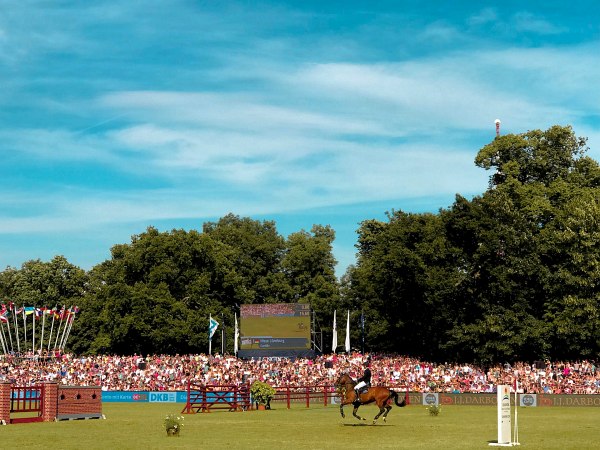
Following a period of strong bloodstock trade, concerns about a market correction have arisen, but it appears that the top end of the market remains strong while there is a tougher market for lower-tier transactions, and commercial breeders may face challenges due to rising overhead costs.
‣ After a bull run in the international bloodstock market, there was a correction in the market values.
‣ Keeneland’s elite sessions showed that top quality is still commanding top dollar, but the going is tougher away from the rarefied zone.
‣ The market trend after Keeneland’s Book I showed that the market value outside the elite tier might be more vulnerable to correction than expected.
Blank/empty
As the international bloodstock trade wraps up another November Sale season, the industry is abuzz with talk of a potential “correction” in the market. Keeneland officials, in particular, used adjectives like “pragmatic” and “solid” to describe the trade, indicating that values have reached an unsustainable high and have been “rocked back onto an even keel.” However, the implications of a potential market correction have many in the industry feeling nervous.
The Keeneland November Sale presented a more penetrating sense of where the market currently stands, and the numbers speak for themselves. While the top end remains extremely strong, the deeper and wider market across town at Keeneland showed signs that the unfettered bull run may finally have come to an end. The median catapulted 21.8 percent on 2022, but the industry is still feeling the impact of this potential correction.
The initial data after the Keeneland sale indicated a steep decline in overall median and average prices, causing a panic among many in the industry. However, upon further review and comparison to the previous year’s sales, the actual drop was far less drastic than initially reported. This emphasizes the need for a balanced perspective when interpreting market trends and data.
While the top quality is still commanding top dollar, the going is indeed tougher away from that rarefied zone. The average through the remainder of the Keeneland catalogue shed 10.7 percent, from $67,627 to $60,421, compared to a 2.5 percent gain in average in other segments. Despite this, if we rewind to before the 2020 pandemic, the typical commercial experience for those operating after Book I remains pretty healthy, demonstrating resilience in the face of potential market corrections.
This trade doesn’t happen in a vacuum, and the implications of a market correction have far-reaching effects. Rising costs, particularly in covering fees for commercial breeders, may impact the industry’s profitability. As the industry navigates potential market corrections and fluctuations, it’s essential to keep a level head and a broad perspective to understand the true implications of these changes.
